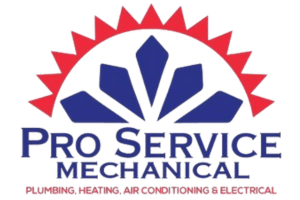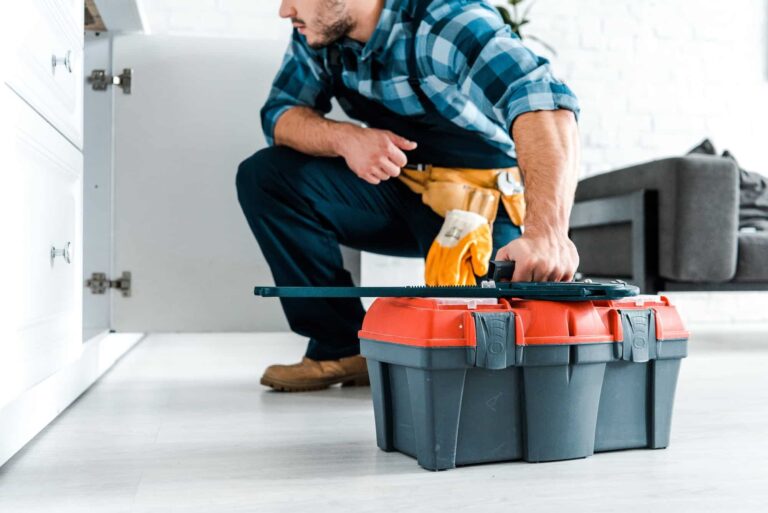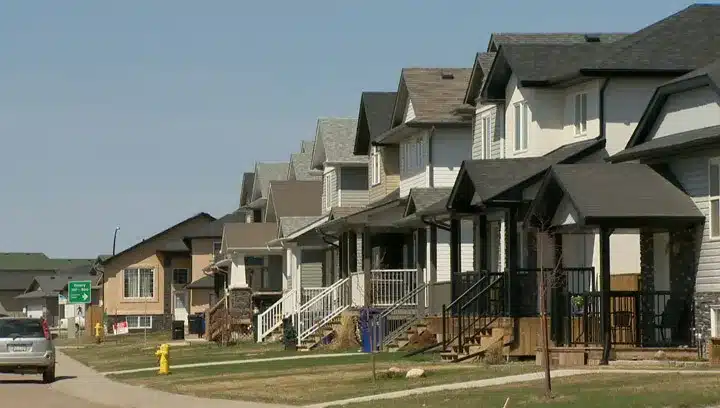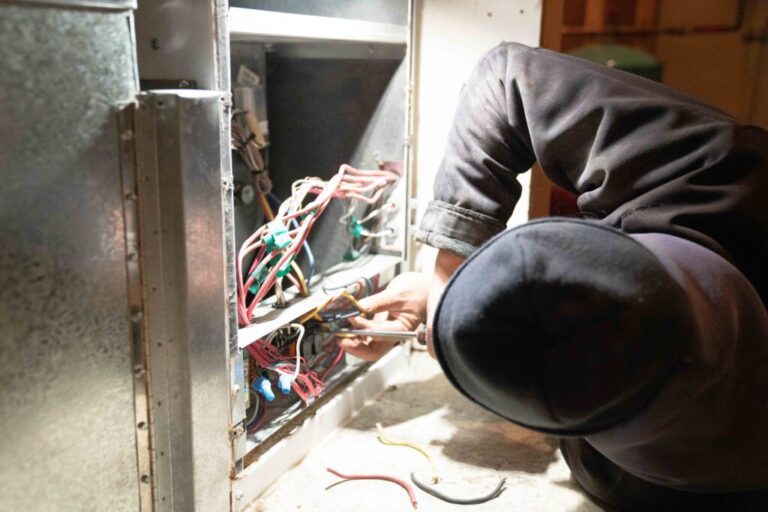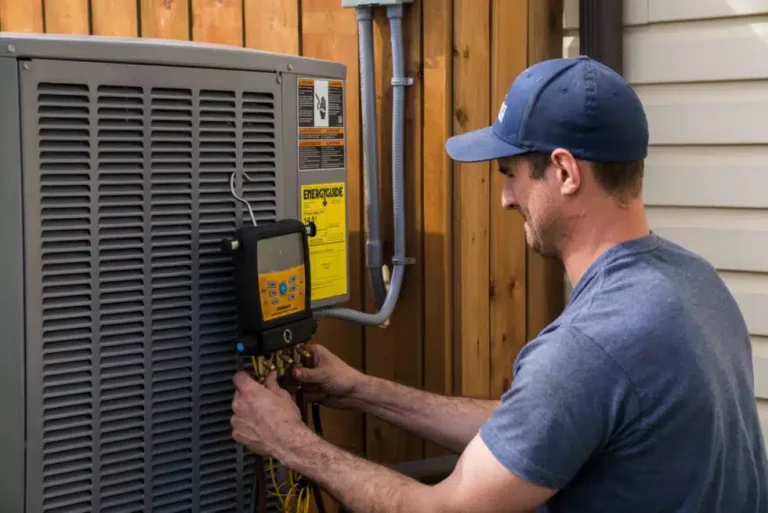Understanding the Importance of Winterizing Your Garage
As temperatures plummet and winter approaches, the often-overlooked garage becomes a critical barrier between your home and the harsh elements outside. Winterizing your garage is not simply about comfort; it’s a strategic move to protect your belongings, maintain energy efficiency, and extend the longevity of your property. Without proper preparation, garages can become vulnerable entry points for icy drafts, moisture, and even pests seeking shelter from the cold. These issues can quickly escalate, leading to higher utility bills, damaged tools, and inconvenient repairs.
One of the primary reasons to winterize your garage is to prevent costly energy loss. An uninsulated or poorly sealed garage allows cold air to infiltrate, forcing your home’s heating system to work overtime. This unnecessary strain not only increases utility expenses but also reduces the overall comfort of adjacent living spaces. Additionally, garages often house valuable items—vehicles, power tools, and recreational equipment—that can suffer from extreme temperature fluctuations and humidity. Rust, corrosion, and mold thrive in these conditions, putting your investments at risk.
- Protection of belongings: Safeguard cars, tools, and storage from cold-related damage.
- Energy efficiency: Reduce heat loss, lowering your winter energy bills.
- Pest prevention: Deter rodents and insects that seek warmth during winter months.
Recognizing the importance of winterizing your garage is the first step toward a more resilient, efficient, and comfortable home environment as the seasons change. This foundation paves the way for implementing professional strategies that deliver long-lasting results.
Assessing Your Garage for Winter Preparation
Before diving into winterizing your garage, a thorough assessment is essential. This initial step not only helps you identify areas that need attention but also lays the foundation for an effective, energy-efficient winterization process. Begin by taking a slow, deliberate walk through your garage with a keen eye for vulnerabilities that cold weather could exploit.
Inspecting Structural Integrity
Examine the walls, ceiling, and floors for any visible cracks or gaps. Even the smallest fissures can allow frigid air and moisture to seep in, leading to increased heating costs and potential damage to stored belongings. Pay close attention to the corners and junctions where different surfaces meet, as these are common trouble spots for drafts and leaks.
Evaluating Doors and Windows
Doors and windows are the most frequent entry points for cold air. Check the seals around your garage door, including the bottom weather stripping and side seals. Test windows for drafts by running your hand along the frame—if you feel a chill, it’s a sign that insulation or caulking may be needed. Don’t forget to inspect any access doors connecting the garage to the home, as these can be major sources of heat loss.
Identifying Hidden Issues
- Look for signs of water intrusion or condensation buildup, which can indicate poor insulation or ventilation.
- Check electrical outlets and switch plates for drafts—these often-overlooked spots can undermine your winterization efforts.
This careful assessment ensures you address all potential weaknesses, setting the stage for a warm, efficient garage all winter long.
Effective Insulation Methods for Garages
Proper insulation is the cornerstone of any successful garage winterization strategy. By creating a thermal barrier, insulation helps maintain a consistent temperature inside your garage, shielding it from the harsh chill of winter while reducing energy costs. Selecting the right insulation method depends on your garage’s unique structure and your specific needs, but several proven techniques stand out for their effectiveness and ease of implementation.
Popular Insulation Materials
- Fiberglass Batts: One of the most accessible options, fiberglass batts fit neatly between wall studs and ceiling joists. They offer excellent thermal resistance, are widely available, and are relatively easy to install for DIY enthusiasts or professionals.
- Rigid Foam Panels: These boards provide high insulation value in a compact thickness, making them ideal for garage walls that lack deep cavities. Rigid foam panels are also resistant to moisture, a crucial advantage in damp winter climates.
- Spray Foam Insulation: While often requiring professional installation, spray foam expands to fill every gap and crevice. This creates an airtight seal that not only insulates but also blocks drafts, making it a top choice for maximum energy efficiency.
Sealing and Weatherproofing
Insulation alone is not enough to fully protect your garage from winter’s bite. Sealing gaps around windows, doors, and the garage door frame with weatherstripping or caulk eliminates drafts and prevents heat loss. For optimal results, consider installing an insulated garage door or applying insulation kits to your existing door to address one of the most significant sources of energy loss.
Investing in professional insulation techniques ensures your garage remains warm, energy-efficient, and comfortable throughout the coldest months, paving the way for a seamless transition to additional winterization tasks.
Sealing Gaps and Preventing Drafts in Garage Spaces
Winter’s chill can transform a garage from a versatile extension of your home into a frigid, uninviting space. The key to maintaining a comfortable and energy-efficient environment lies in meticulously sealing gaps and preventing drafts. Cold air not only seeps through the smallest cracks but can also infiltrate through overlooked entry points, driving up heating costs and compromising stored items.
Identifying Vulnerable Areas
Begin by conducting a thorough inspection of your garage. Common culprits for air leaks include the gaps around doors, especially the main garage door, as well as windows, vents, and even electrical outlets. Pay close attention to the bottom and sides of doors where weatherstripping may have worn away, and to the perimeter of windows where caulking might have deteriorated over time.
Effective Sealing Techniques
- Install New Weatherstripping: Replacing old or cracked weatherstripping on doors ensures a tight seal. High-quality rubber or vinyl weatherstrips serve as an effective barrier against cold drafts.
- Apply Caulk to Gaps and Cracks: Use a durable exterior-grade caulk to fill in small cracks along window frames, wall joints, and any penetrations for pipes or cables.
- Add a Door Sweep: Installing a door sweep at the base of entry doors can block drafts while still allowing for smooth door movement.
By systematically addressing these vulnerable areas, you not only enhance the comfort of your garage but also contribute to overall energy savings and protection for your belongings. Once these foundational steps are completed, you can move on to further winterization methods for optimal results.
Choosing Professional Services for Optimal Winterization Results
As winter approaches, preparing your garage to withstand cold temperatures, moisture, and fluctuating conditions becomes paramount. While many homeowners attempt DIY solutions, enlisting professional garage winterization services delivers superior outcomes, ensuring your space remains functional, energy-efficient, and protected throughout the harshest months.
Professionals bring a wealth of expertise and specialized tools tailored to the unique needs of each garage. Their comprehensive approach begins with a thorough assessment, identifying vulnerabilities such as drafts, inadequate insulation, or compromised weather stripping. With a keen eye for detail, they address these issues using high-quality materials and advanced techniques designed to maximize thermal efficiency and prevent costly damage.
Benefits of Professional Winterization
- Customized Solutions: Experts evaluate your specific garage layout and recommend personalized upgrades, from installing insulated doors to sealing concrete floors against moisture intrusion.
- Long-Term Savings: Proper winterization by professionals reduces energy loss, lowering heating bills and minimizing the risk of structural repairs caused by freezing conditions.
- Time and Convenience: With skilled technicians handling the process, homeowners save valuable time and avoid common mistakes that can lead to future complications.
Ultimately, choosing professional services for garage winterization ensures peace of mind and optimal performance. This proactive investment safeguards your possessions, enhances comfort, and seamlessly prepares your garage for whatever winter brings.
